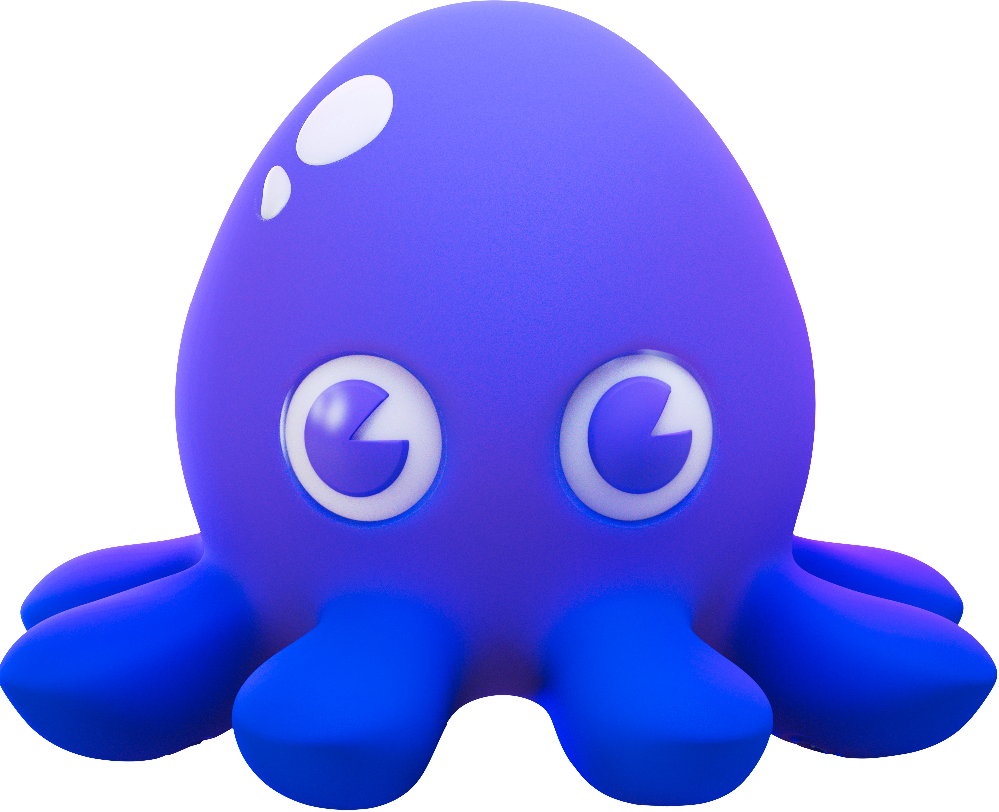Product Docs
-
-
-
-
-
-
- chainctl
- chainctl auth
- chainctl auth configure-docker
- chainctl auth login
- chainctl auth logout
- chainctl auth pull-token
- chainctl auth status
- chainctl auth token
- chainctl config
- chainctl config edit
- chainctl config reset
- chainctl config save
- chainctl config set
- chainctl config unset
- chainctl config validate
- chainctl config view
- chainctl events
- chainctl events subscriptions
- chainctl events subscriptions create
- chainctl events subscriptions delete
- chainctl events subscriptions list
- chainctl iam
- chainctl iam account-associations
- chainctl iam account-associations check
- chainctl iam account-associations check aws
- chainctl iam account-associations check gcp
- chainctl iam account-associations describe
- chainctl iam account-associations set
- chainctl iam account-associations set aws
- chainctl iam account-associations set gcp
- chainctl iam account-associations unset
- chainctl iam account-associations unset aws
- chainctl iam account-associations unset gcp
- chainctl iam folders
- chainctl iam folders delete
- chainctl iam folders describe
- chainctl iam folders list
- chainctl iam folders update
- chainctl iam identities
- chainctl iam identities create
- chainctl iam identities create github
- chainctl iam identities create gitlab
- chainctl iam identities delete
- chainctl iam identities describe
- chainctl iam identities list
- chainctl iam identities update
- chainctl iam identity-providers
- chainctl iam identity-providers create
- chainctl iam identity-providers delete
- chainctl iam identity-providers list
- chainctl iam identity-providers update
- chainctl iam invites
- chainctl iam invites create
- chainctl iam invites delete
- chainctl iam invites list
- chainctl iam organizations
- chainctl iam organizations delete
- chainctl iam organizations describe
- chainctl iam organizations list
- chainctl iam role-bindings
- chainctl iam role-bindings create
- chainctl iam role-bindings delete
- chainctl iam role-bindings list
- chainctl iam role-bindings update
- chainctl iam roles
- chainctl iam roles capabilities
- chainctl iam roles capabilities list
- chainctl iam roles create
- chainctl iam roles delete
- chainctl iam roles list
- chainctl iam roles update
- chainctl images
- chainctl images diff
- chainctl images history
- chainctl images list
- chainctl images repos
- chainctl images repos list
- chainctl packages
- chainctl packages versions
- chainctl packages versions list
- chainctl update
- chainctl version
Open Source
Education
WTF is a distroless container?
Have you heard of distroless container images? This video is going to break down what they are, how they work, and why they’re better.
The easiest way to explain what a distroless container image is and how it differs from a traditional fat container image is by starting with the fat container image, then we’ll point out the parts that aren’t necessary and how distroless images let you build smaller, leaner, more secure container images.
In a traditional fat container image like this one shown in the video, we have a bunch of different stuff installed in it. We start out with a package manager that we typically use to install a bunch of dependencies and then all the way on the other side we have our application. The dependencies that we install with the package manager might be needed to build our application or to operate it at runtime. Additionally, the package manager itself is an application and that comes with its own set of dependencies which we can see here. Some of those dependencies are used for our application because they might be shared or used for a bunch of different things, but some of those dependencies are only used for the package manager. All of those build tools and the package manager dependencies are left in the container image at the end, making it larger, taking up space, and potentially introducing an increased attack surface.
The package manager itself and all of its dependencies and build tools aren’t actually needed at run time to operate our application, so a distroless container image works by stripping all of those out so that the only thing left in the image at runtime is your application and the exact dependencies that it needs. You don’t have the build tools, the compilers, the package manager or its dependencies.
A fun metaphor or comparison is this massive ship here, full of giant containers and cranes used to load all of them. This is like a typical fat container image.
Distroless images are so slim, you can hold them in your hand. It also makes them a lot more transparent and easier to use and see what’s inside of them.
Another metaphor here is this massive ship that has a crane on the ship itself. Sure that crane is useful for loading and unloading the packages once you get to the ports, but it’s much more efficient to leave the cranes at those ports so you can have smaller ships.
A distroless analogy would be small ships here, holding exactly one container each. There’s no extra or wasted space, there’s no crane to load or unload them; you have to do that from the outside before you go on your journey.
To figure out how they work, let’s again start with the traditional fat container image. These images are built up in layers. You start with a base image that contains the package manager, a shell, and other tools you might need to get your application inside. Then you add on layers, one at a time. These layers can only really add things they can add compiled executables or new packages. You can’t remove things from previous layers.
Last updated: 2022-08-01 15:21

